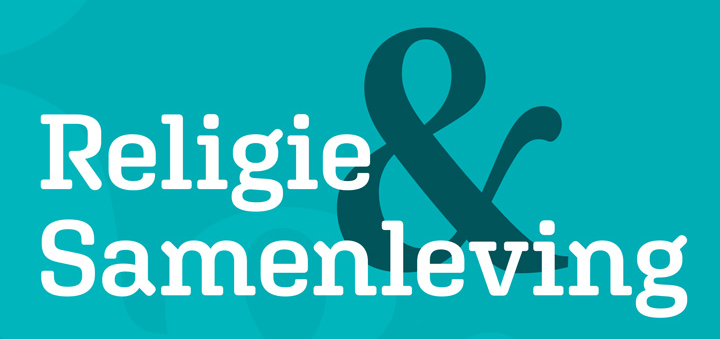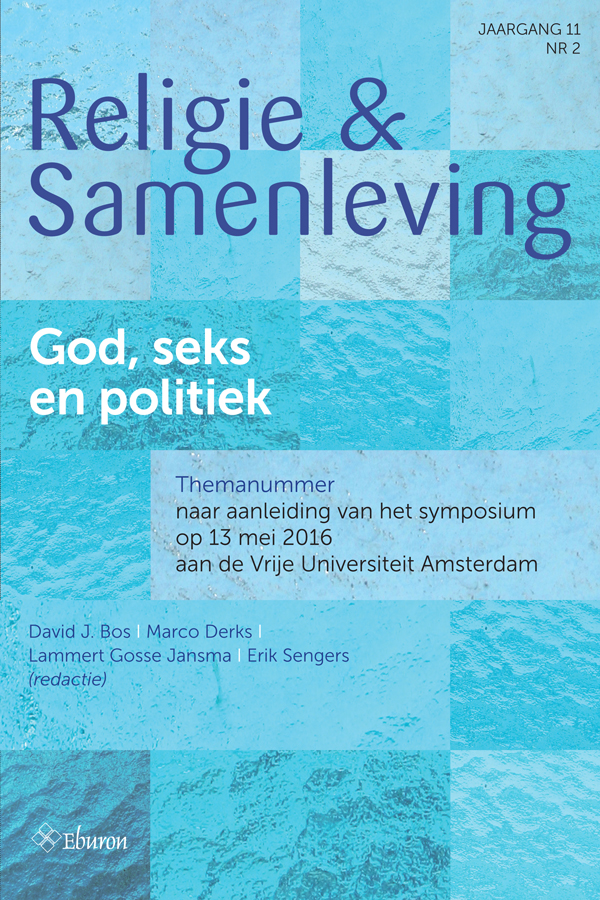Zie de mens
Het queer potentieel van homo-Jezus in Elisabeth Ohlson Wallins Ecce Homo
DOI:
https://doi.org/10.54195/RS.12214Samenvatting
This article analyzes the photo-exhibition Ecce Homo (1998) by Swedish artist Elisabeth Ohlson Wallin. In Ecce Homo, which depicts twelve moments from the life of Jesus Christ, traditional church art is mixed with the themes and symbols of contemporary LGBT-culture. In the article it is investigated, through a queer focus, whether Ecce Homo has the potential to destabilize the rather strict oppositional pairing of religion and homosexuality in contemporary debates in post-secular societies like Sweden. Based on a discussion of three works (The Annunciation, Palm Sunday and Calvary) it is argued that Ecce Homo connects traditional Christian motives such as the love for one’s neighbor, (self)sacrifice and charity to queer concepts such as the instability of gender and sexuality and the destabilizing potential of ‘darkness’ as an aesthetic theme. As queer and Christian concepts inform each other they are given meaning in relation to each other, thus indeed (for the most part) suggesting that queer and Christian themes are relevant to one another and sometimes overlap.




